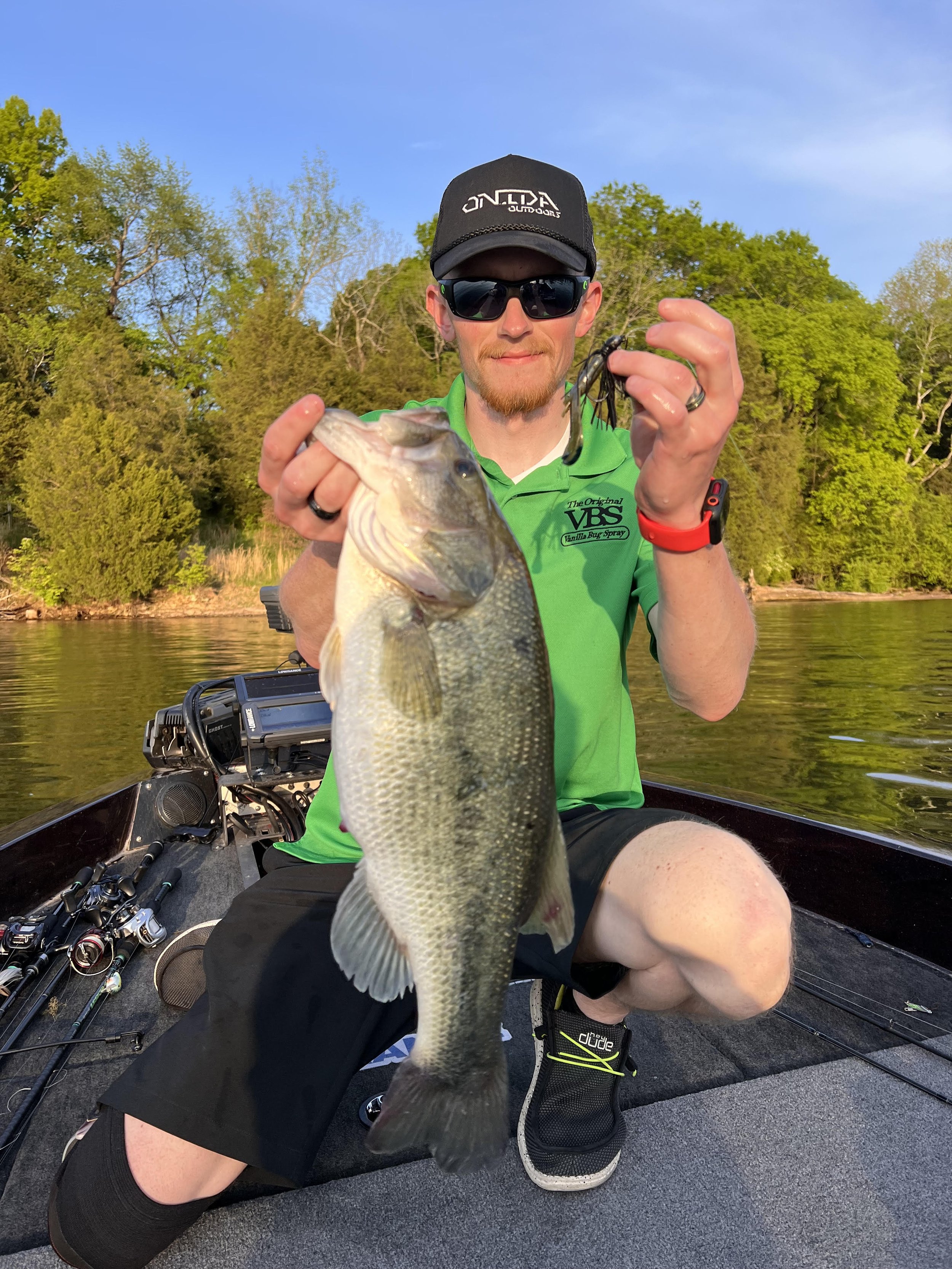OLD HICKORY LAKE VEGETATION
Old Hickory Lake
Old Hickory Lake is a freshwater impoundment of the Cumberland River located in the heart of middle Tennessee. This body of water stretches 97.3 miles from Dam to Dam all the way to Cordell Hull Reservoir near Carthage Tennessee. This lake has not been known for its bass fishing over the last 20 years, but this might be changing soon. Old Hickory has always been a rather shallow and wood infested body of water with a lot of soft bottom and bland contours. The lower end of the lake by the dam in Hendersonville is the one exception to this rule as it is an area of more offshore structure, better water clarity, and more abundant hard bottom. For years the shorelines of Old Hickory have been blanketed with water willow, which has always been a prominent pattern for catching bass throughout the year. Water willow has been the only form of vegetation for years past, but that is not the case anymore. This lake is now booming with submergent vegetation and completely changing the way anglers approach this body of water. The main form of submergent vegetation is “Coontail”.
What is Coontail?
Coontail is a form of vegetation that does not have root systems like most, but is a perennial, meaning it comes back year after year. The lack of roots causes this grass to be somewhat “Nomadic.” A few days of strong current on this system can completely rearrange the layout of the grass. A mat on the main river channel can be here one day and gone the next. Coontail is also an incredible source of oxygen for the fishery, as well as boosts water clarity. As far as fishing this nomadic vegetation is concerned, Coontail does not necessarily “canopy” but it can be floating. For example, if a large amount of Coontail is matted in the back of a pocket in a foot or two, don’t bother trying to punch through because it more than likely is a solid clump all the way to the bottom. But on the flip side, if a mat has 4-7 feet on the edge of it you might want to pick up that 1oz tungsten and get to flipping. This grass is probably floating and has open water underneath of it. Under that mat is going to be extremely shaded from the summer sun, highly oxygenated, and a great shelter for forage as well.
Other forms of vegetation have emerged as well such as Hydrilla, Milfoil (not Eurasian) and Aquatic Hyacinth. These three are not near as common but have been sighted by some anglers. There is no doubt that submergent vegetation can help the fishing in river impoundments, and bass fishing on Old Hickory seems to be on the rise. We spoke to a couple local anglers who noted the following while speaking about chasing bass on their home body of water:
“I have caught more 4 plus pound bass in recent years, than the last 10 years put together. And I believe the weeds have a lot to do with it. The shad like it, the bass like it, and you already know I like it.”
- Nick Inzeo
“The grass has definitely had a positive impact. It seems like it has allowed me to catch more fish shallow at all times of the year. It has also made a more consistent topwater bite in my opinion.”
- David Krans
If you are one of the countless anglers who have come to Old Hickory to catch a bass, and have left disappointed and discouraged, you may want to try again. This time the lake might just show you something you didn’t know it was capable of.



